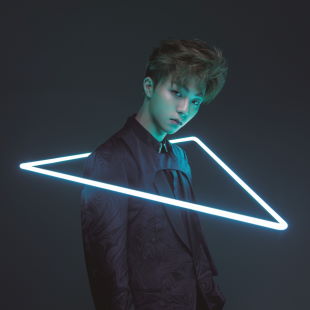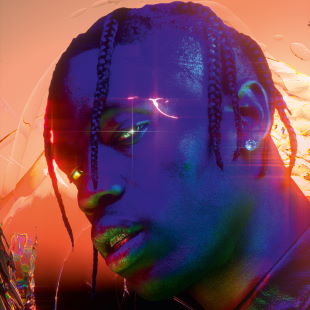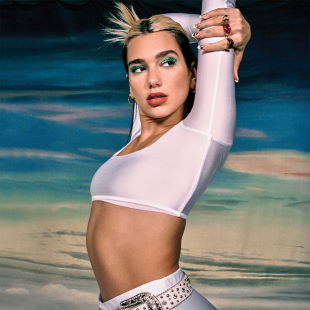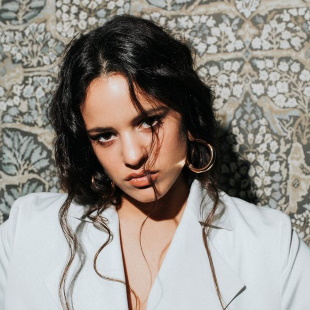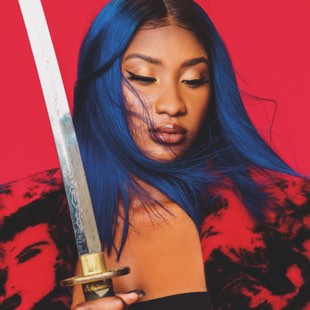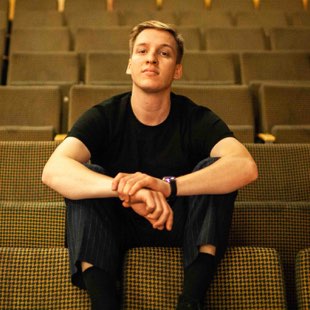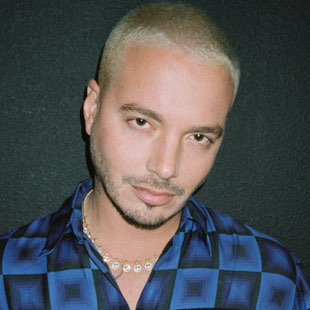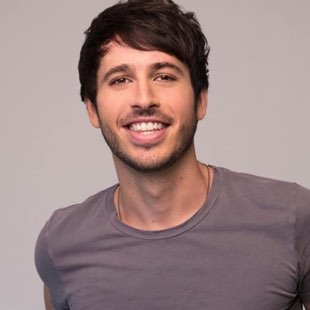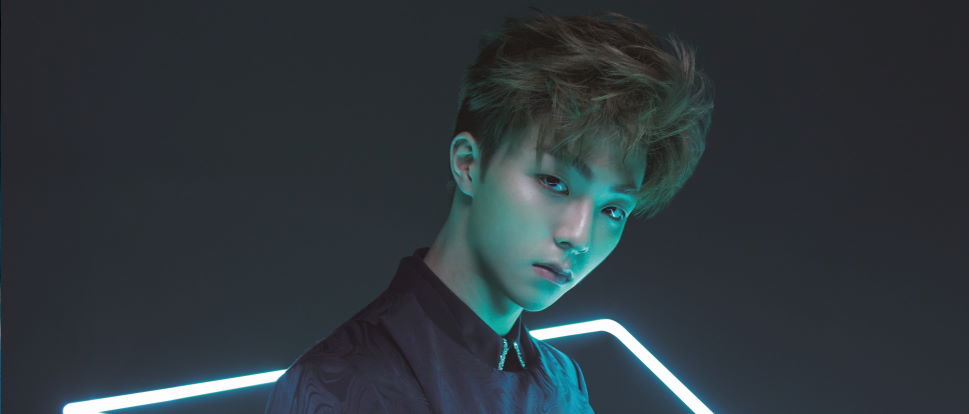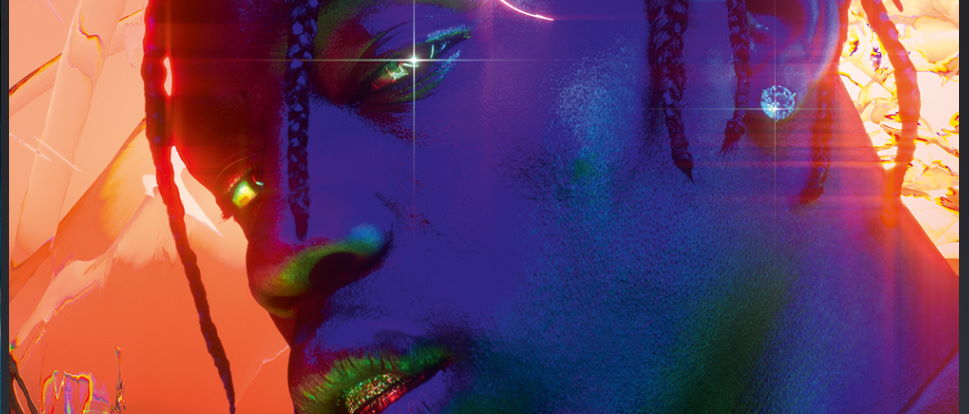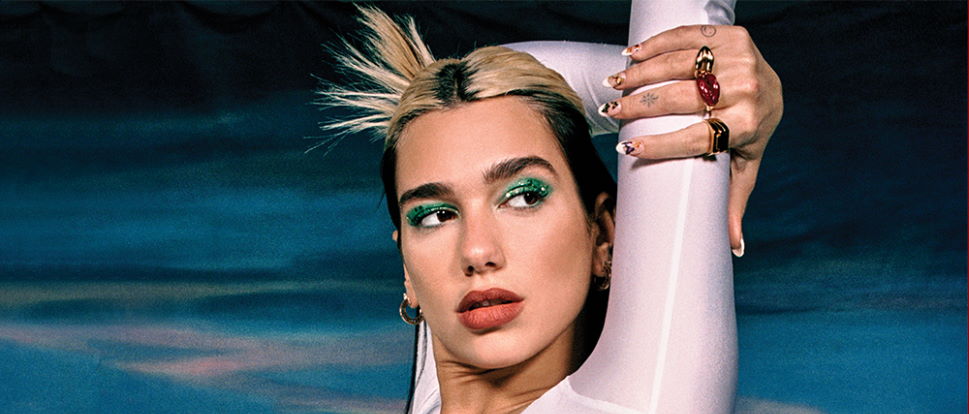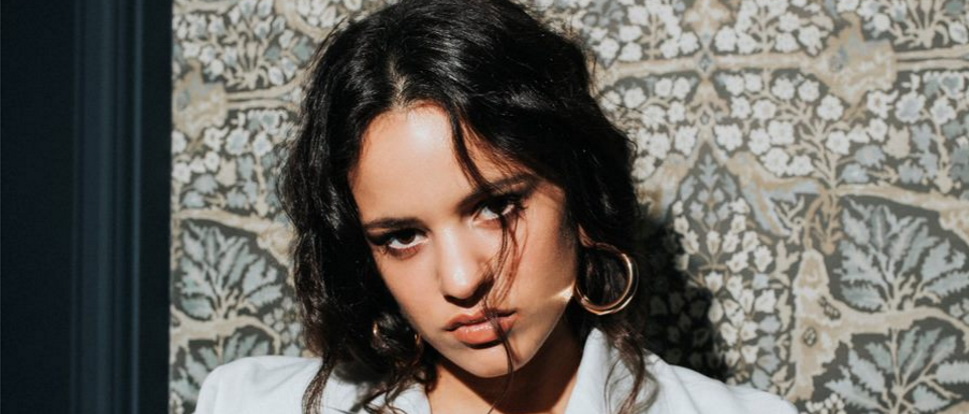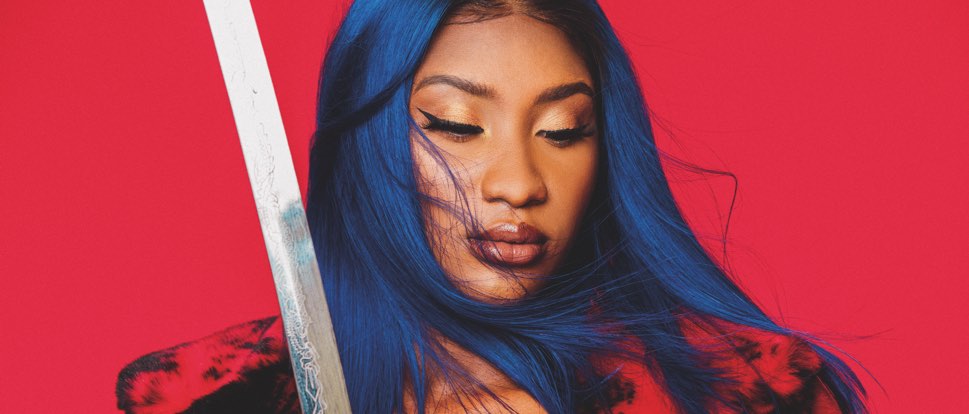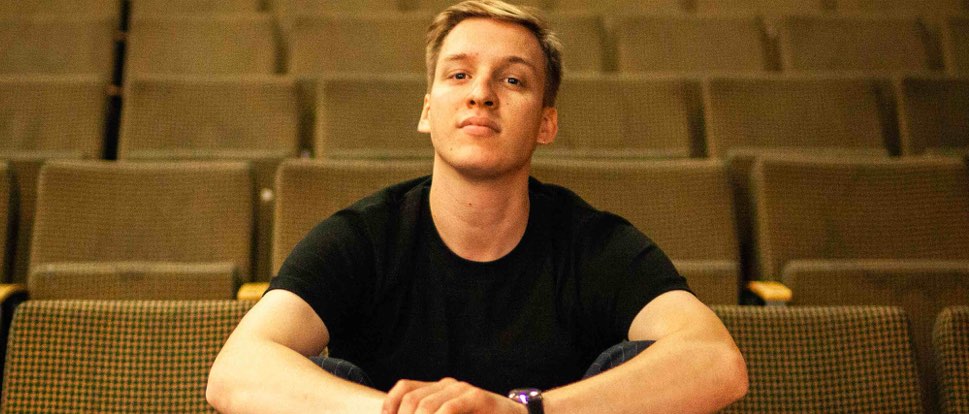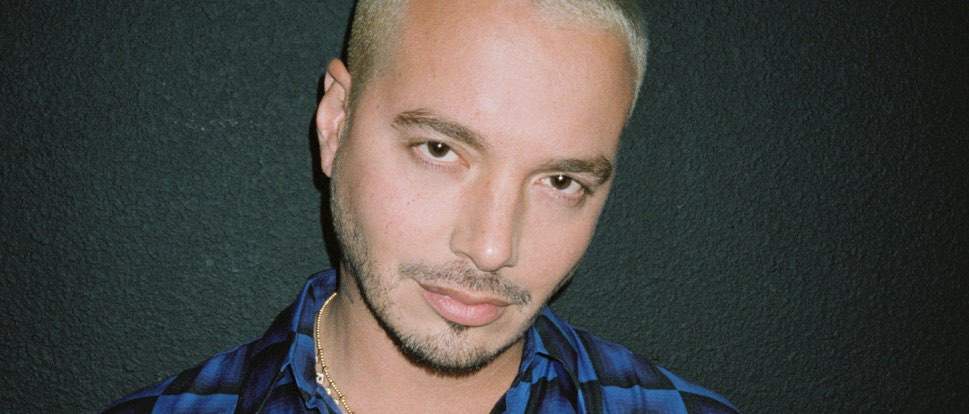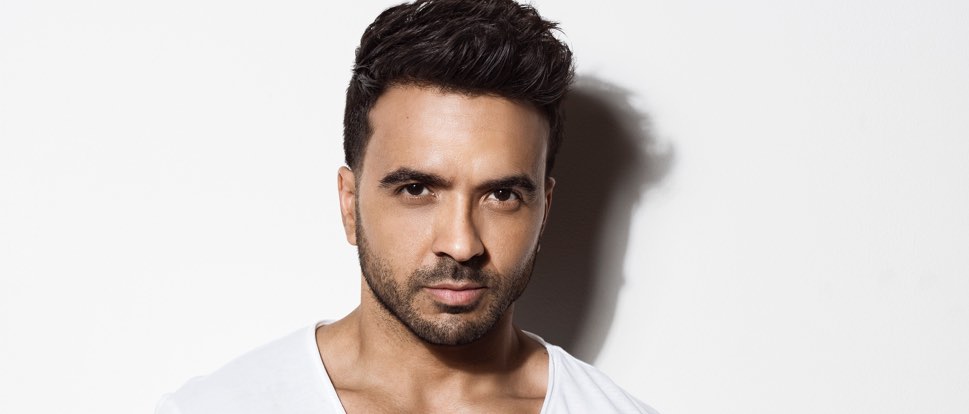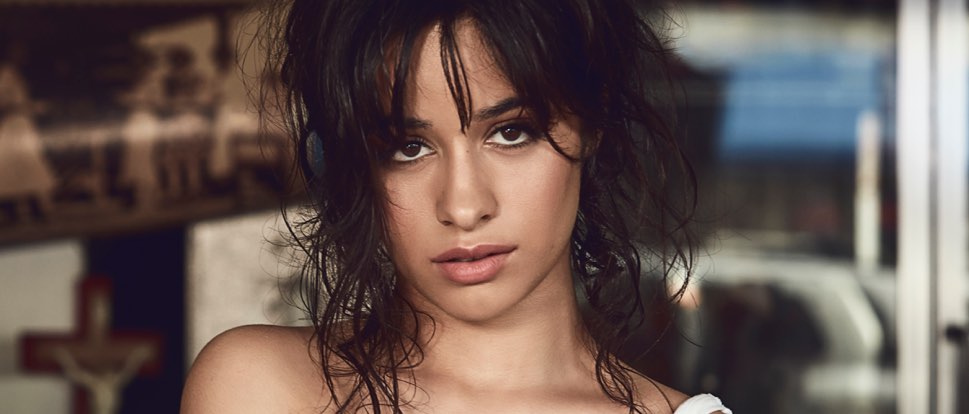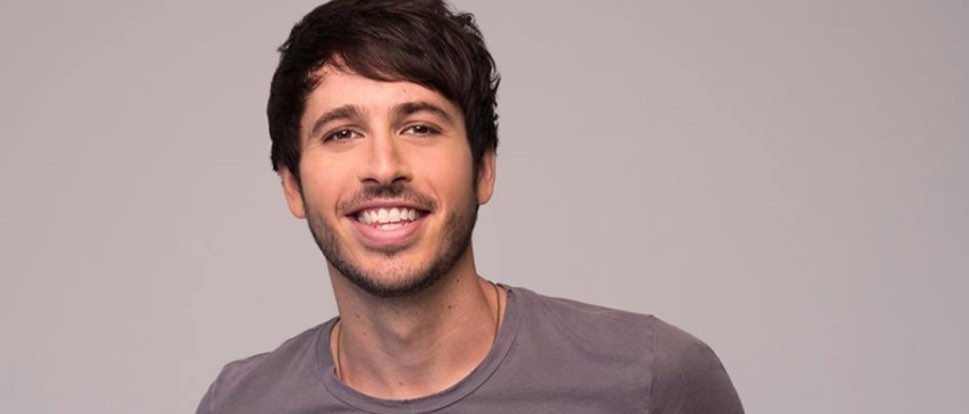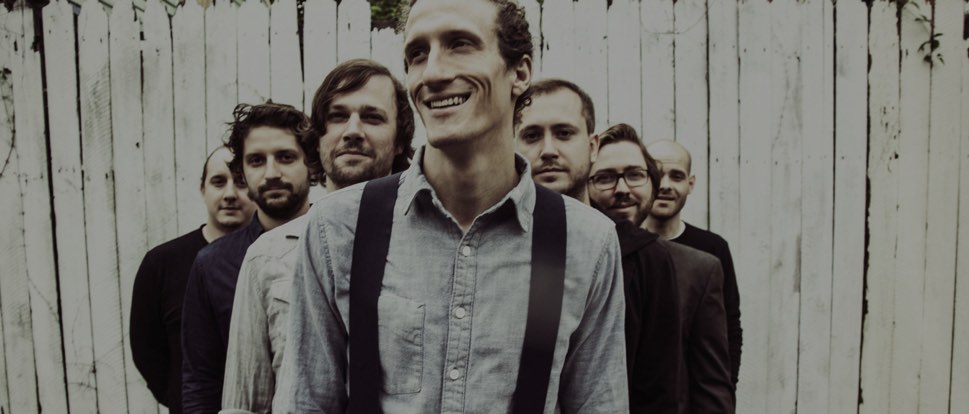Chen Li Nong is taking China by storm. And that’s just the beginning of his journey. He’s also creating his own unique sounds, shaping his career and reaching for global success – all in partnership with his record company, UMG.
Universal Music China first identified Chen Li Nong as a potential breakout star when he appeared as a competitor on television’s Idol Producer, and later signed him as a solo artist in November 2019. His first UMG single, Features of Happiness, was released on New Year’s Day 2020 and rapidly broke the 10 million streams barrier.
Building on that success, Unbelonging (his debut UMG album) was released in June 2020 and garnered seven sales records on the QQ Music platform, including going Diamond in just one minute – a breath-taking accomplishment. Winning a raft of awards and attention, Chen Li Nong’s social media reach has exploded, with a combined total of nearly 19 million followers across all platforms – with more than 17 million on Weibo alone.
Garand Wu, Managing Director of Universal Music China, says: “It’s a partnership. To succeed, labels and artists must share a vision. That’s why we are confident of success together: we believe in him and his many abilities, his aspirations align with what we see in him, and we believe in our team’s experience and ideas from an A&R perspective.”
“From the get-go, we worked closely with him and his management on a vision to propel him from China, throughout Asia and to the world. There is J-Pop, there is K-Pop, and there will be C-Pop. And Chen Li Nong will be among the vanguard.”
Yvonne Yuen, SVP, Marketing, Greater China, Universal Music, adds: “With Chen Li Nong, the key is his creative input. We recognise his unique talents and we are working to nurture that talent. Our A&R team hunts for the best songwriters to partner with him both as an artist, and as a writer himself. This is an investment, from him and from us, to put that time in as a writer and an artist, and let the music take care of itself.”
One step towards international recognition was the single Masterpiece, released in late 2020 featuring US actress and singer Hailee Steinfeld. Yuen says: “They connected through music. We worked with Hailee’s A&R team to find the right song and she had her input into the English lyrics. The whole thing was a very close partnership between the two artists and with UMG’s Republic Records team.
“These collaborations have to be authentic and they have to be organic; those are the qualities on which Chen Li Nong’s career will be built, and how he will become known and respected inside and outside China and around the world – by staying true to who he is.”
Case study first published in 2021.

